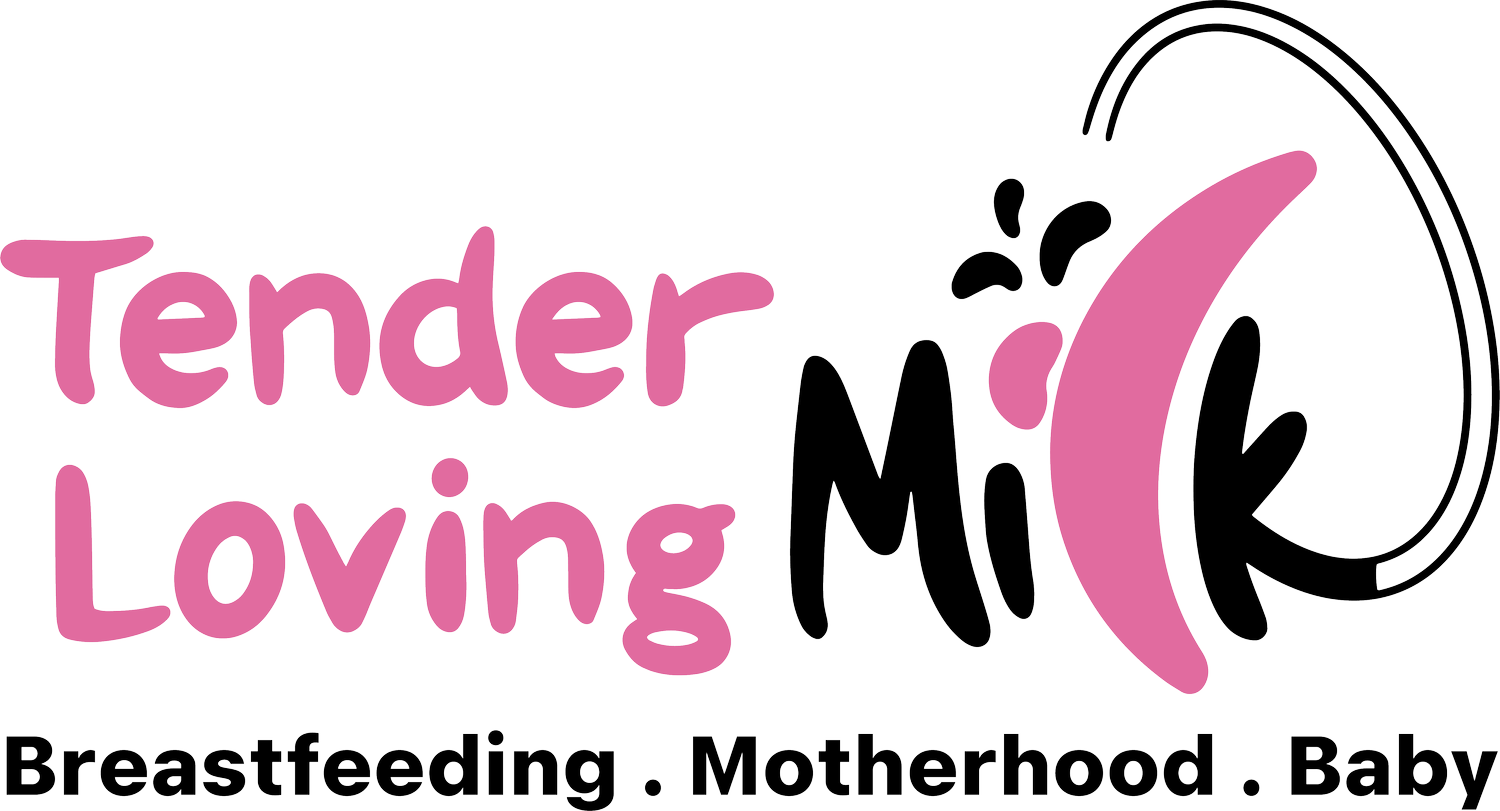Bottle Feed a Breastfeeding Baby: Paced-Feeding
As much as we discuss the benefits of breastfeeding here in Tender Loving Milk, it is important to recognize that breastfeeding may not be an option for every mother for a certain period of time. Paced-bottle feeding a breastfed baby can be a great way to feed a baby to protect the breastfeeding relationship for mother and baby.
There are various reasons why babies would need to be fed by the bottle. There can be times when the mother has health-related circumstances that would make it necessary to temporarily pause breastfeeding, or mother and baby has to be separated for a while (e.g. illness, mother back to work or traveling reasons, etc.).
Thankfully we live in an evolutionary time where access to alternative feeding methods such as spoons, cups, or bottles. Bottle feeding is one of the most common alternatives to breastfeeding. Look for hunger cues from the baby like rooting, restlessness, and chewing on hands. All babies give hunger signals differently, so pay close attention.
What is Paced Bottle Feeding?
In most bottle-feeding techniques where the baby is laid flat on the caregiver’s arms, the milk flow is rapid. This means that gravity is doing its work for the milk to flow out of the teat instead. This makes it so that the baby does not put in any effort in getting milk. Because the milk flows so freely, it may lead to overeating, gas, and excessive spitting up. Furthermore, babies may be drinking more milk than they actually need.
Paced bottle feeding is a technique used in bottle feeding that closely resembles breastfeeding and even protects the breastfeeding relationship. It allows your baby to determine the pace at which they consume milk - just like breastfeeding! Furthermore, this gives your baby the opportunity to explore hunger and satiety while possibly preventing colic, reflux, and stress! In other words, most babies may be happy to go back to the breasts because the experience in sucking and swallowing may be rather similar.
Feeding a baby by the bottle by laying him down may result in caregivers encouraging the baby to empty the bottle as much as possible. A study has shown that if mothers are frequently encouraging their infants to finish the milk in the bottle, the more likely they are to encourage their child to finish all the food on their plate. The study also concluded that if infants are not given the opportunity to control milk intake themselves, it will lead to the child not being able to support self-regulation of food intake.
One thing for sure, let infants use their hunger cues and full cues to their full potential!
What are the benefits of paced bottle feeding?
The baby will be able to control the milk intake according to what he needs and this prevents the risk of overfeeding.
Because the baby is drinking what he truly needs, “working and pumping mom who then has an increased likelihood of pumping a daily volume equivalent to the baby’s demand”.
Decreasing risks of colic-like symptoms due to being overfed.
Protects and supports the breastfeeding relationship
So how do you do it?
Ensure that your baby is showing hunger cues such as “moving their head or mouth towards you or start sucking on their fingers”.
Prop baby in an upright position so that he can see your face. Be sure to support his/her neck with your hand that is not holding the bottle.
Hold the bottle in a horizontal position, use the bottle teat to gently touch their upper lip just like how you would do when you are breastfeeding.
When your baby begins suckling, tilt the bottle slightly so that the teat is only half full with milk. This way, it will ensure that the milk flow will be fully controlled by the baby.
Regulate baby’s pace of consumption. Take burp breaks every 10 to 20ml, and watch for cues that your baby is needing a break or is finished eating.
It can be pretty overwhelming if you are trying it for the first time. Here is a video to guide you through it all!
The most important thing to look for when selecting a bottle to use for paced bottle feeding is a slow-flow nipple. It may be tricky at first, but both you and your baby will become adapted and comfortable with the process.
As tough as it may be (physically or mentally) to manage a mixture of breastfeeding and bottle feeding, rest assured that you are doing a wonderful job providing for your baby. Your efforts to provide nourishment in a healthy, connected way do not go unnoticed. Your baby is grateful for it! The world is fortunate to have mums like you in it!
For more information on Paced Bottle Feeding and all things motherhood and breastfeeding, subscribe to my website! You will be the first to get access to free content and resources just like this.
